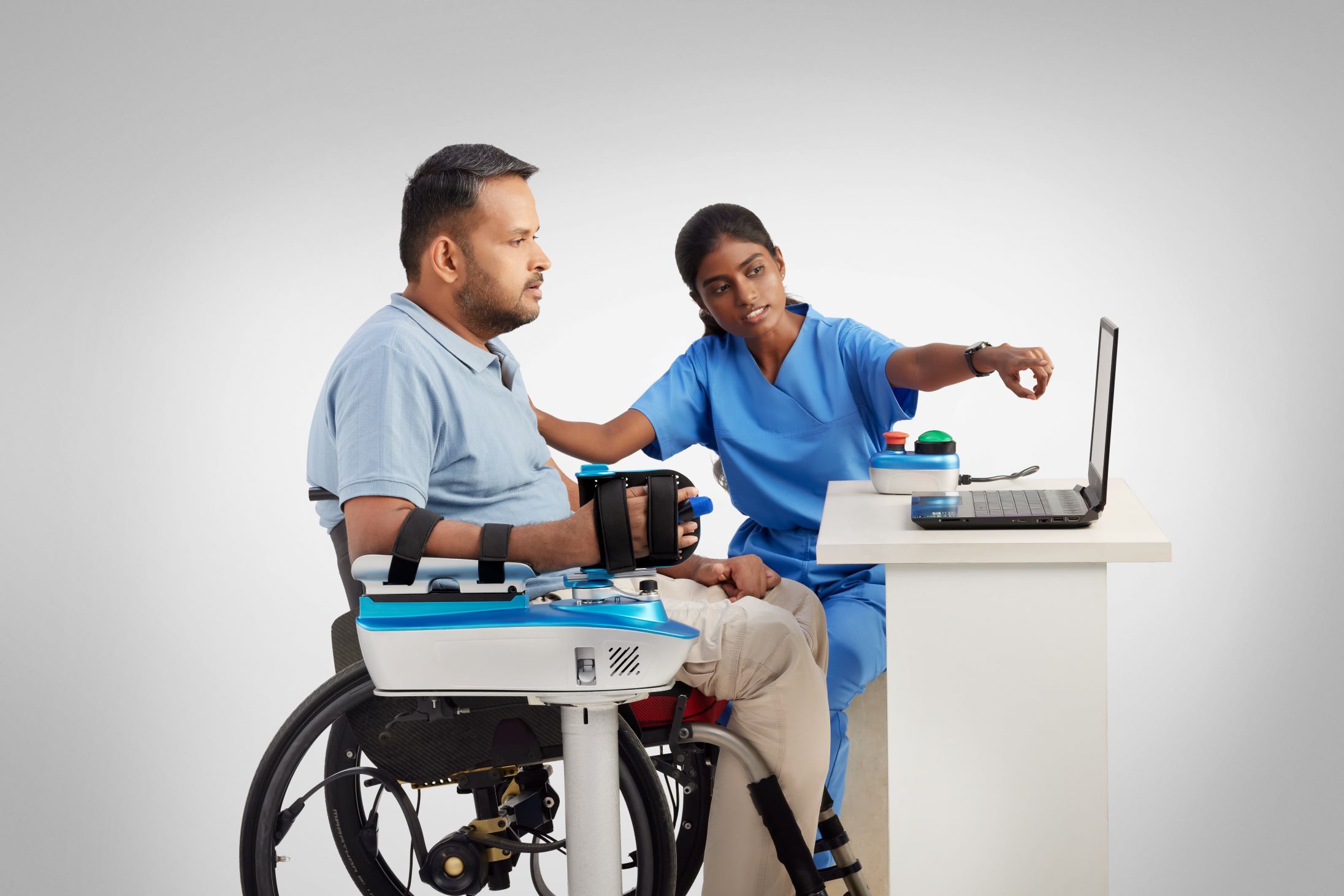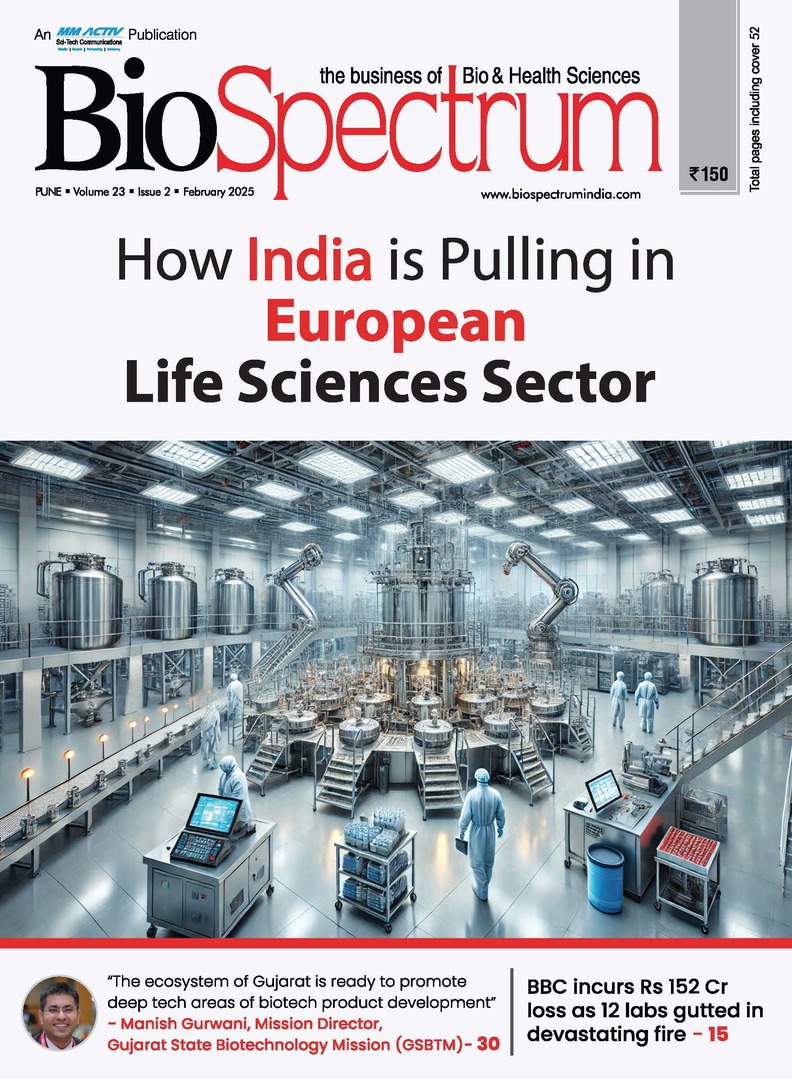“There is a need to store more stem cells�
08 April 2009 | News
 —Colin Mc Guckin,
scientific director, Cryo-Save Group
—Colin Mc Guckin,
scientific director, Cryo-Save GroupStem cells have for long been a subject of controversy but at the same time have generated curiosity among scientists who have patiently been working on stem cells for all these years to find remedies for life-threatening diseases.
With the recent lifting of the ban on stem cell research by President Barack Obama, stem cell research is expected to get a new fillip in the form of federal funding. We talk about this and more with Prof. Colin Mc Guckin, president and co-founder of Novus Sanguis Consortium, which brings together leading adult stem cell researchers to work on treatment of human diseases. Prof. McGuckin has 20 years of experience in stem cell research and tissue bioengineering and was recently appointed as the scientific director of Cryo-Save Group.
In your research career spanning 20 years, what have been some of the advances in stem cell research worldwide?
Twenty years ago, only a handful of diseases were being treated with umbilical cord blood stem cells. Today, over 80 diseases are treatable or supportable; the advances that have been made are staggering, after achieving this we have to take stem cell banking very seriously. It is now possible to store cord blood stem cells for many years, which can then potentially be used again to treat the individual’s or their sibling’s life. Tissues taken from it can be used to grow a number of organs and repair damaged ones. Though research is still in its infancy, the future is really bright. I am proud and excited to be working in a field of medicine that can contribute to the health of our children.
How do you see the controversy surrounding human embryonic stem cell research?
Embryonic stem cell research is getting lot of hype in the media. The stem cell research using cord blood cells is more realistic and is likely to benefit patients. Of course, stem cells are not the whole answer for future medicine. There are some diseases that cannot be cured by treatments, so we always recommend patients to pay strict attention to the advice of the doctor.
How can stem cells help drug discovery and cut costs?
New drugs can be tested in test tubes itself and not on animals and later, on humans. After all, we are different from animals and what may work on lab rats may not work on human beings. Also, there is a certain danger involved in using human volunteers. Mini-livers or any other organ grown this way, using stem cells, can be used by pharmaceutical companies to test new drugs and help contribute to human medicine.
How will healthy regulatory environment, funding and public private partnerships enhance stem cell research?
Public-private partnership is the key; it has been clearly demonstrated that tissues taken from cord blood and the cords themselves have immediate uses to benefit a large number of people. We are happy to work with the Indian government to help advance this. Indian government shows willingness to help develop a framework for stem cells, but of course the work of any government is complex and we cannot expect these things to happen overnight. For that reason, I believe that we have to look at private companies to help us with stem cell banking to ensure the health of our children. We have to get new therapies and we must work with the government to make sure that no patient is treated in the wrong way, or with a treatment that is not safe. This is very important!
How will the lifting of federal restrictions on stem cell research in the US boost the research activities?
The development in stem cells research in the US will help other governments across the globe to move in the same direction. I am not confident on embryonic research as it will create a tissue line matching to the host. We have to wait and see.
Stem cell research and cord blood based stem cell therapy is still nascent in India. How will India cope with this?
India has a long history of medical innovation and a willingness to look at new ideas. The stem cell treatment will bring more benefits to India, which has high birth rates and huge population. Many people in India have not stored their stem cells, not in public banks or in private stem cell banks, and this affects the development in stem cell therapy. I came to India to highlight this and help to make people aware of what they could be achieving.
Cryo-Save’s objective is to bring all the researches that are happening in our labs in EU to reach the common man in India quickly. Our lab in Bangalore is GMP certified. Although the Indian government does not require this yet, other governments do, and Cryo-Save felt it was important not to cut corners, but to do it correctly and well. We want to bring in therapies to India from our research labs without much delay. We also planning to give training to doctors in India.
How do you see the future of stem cell research?
Stem cells may not cure everything because proper medication and hospitalization is equally important. There is a need to store stem cells, because if we don’t have stem cells in the banks, then many people will not benefit from the new treatments. In Type I diabetes, children between 7-10 years of age are affected. The attacks are in the pancreas and the affected children cannot produce insulin properly. For such children, cord blood is directly infused into the circulatory system and it helps against the damage in the pancreas. But this treatment facility is not available across the world and it stress the need to store the cord blood in the first place.
After spending years researching regenerative and tissue engineering, I have realized that there is still a need to do a lot more. There is a need to store more stem cells. Germany has stored more cord blood than India; the population in Germany is much lesser than India. Now, we have the ability to store many human tissues, such as the umbilical cord itself, and in the future, possibly other human tissues. In future, stem cells will play a crucial role in treatment. So, I dream of a day when we will have cord blood banks in every major city in the world to help protect the health of our people. Let’s hope that this will happen in India.
Shalini Gupta















